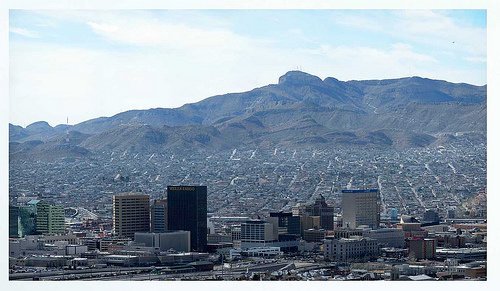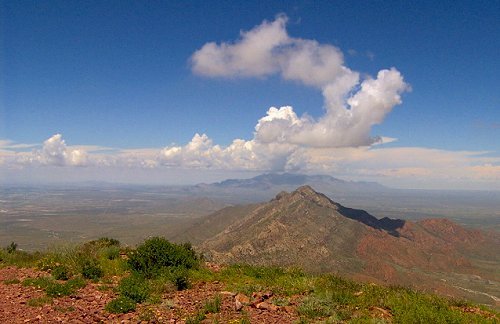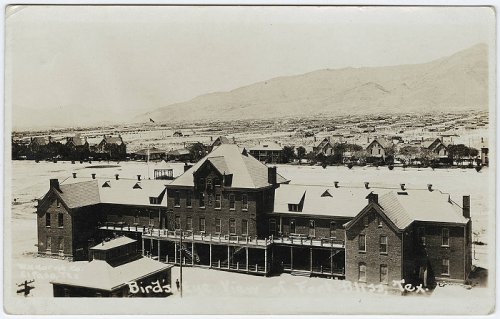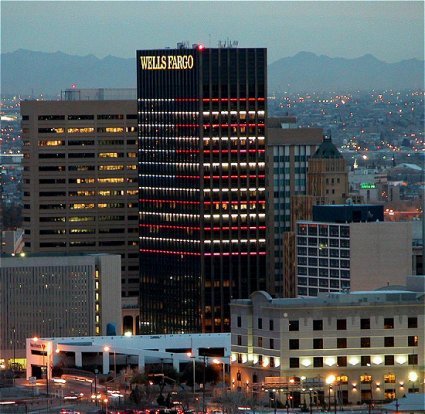
The City Of El Paso . Com

 |
The City Of El Paso . Com |
 |
Click to see Larger El Paso Texas Map |
El Paso is in western Texas. The seat of El Paso County, it is located just south of New Mexico on the Río Grande River, opposite Ciudad Juárez, Mexico. It is a port of entry from Mexico and a major road, rail, and air transportation center. With close cultural and economic ties to Ciudad Juárez, El Paso features a blend of United States and Mexican cultures and serves as a gateway to northern Mexico for both tourism and international trade. Situated in a pass through the Franklin Mountains with a mean elevation of 3695 ft, El Paso has a sunny, mild, desert environment. |
|
The population of El Paso increases from year to year, largely due to the city's business growth, and its favorable climate. The 300-acre
Tigua Indian Reservation, located in the city, is home to about 2000 Native Americans. The metropolitan region, composed of El Paso County, covers a land area of 1013 sq mi and extends to the border of New Mexico; notable population centers besides El Paso are the Fort Bliss military facility and the town of Socorro. |

|

|
Although human habitation of the area began thousands of years ago, the Tanpachoa people are the first known residents in this portion of the Río Grande. During his journey west from the Gulf Coast to the Pacific Ocean in the 1530s, Spanish explorer Álvar Núñez Cabeza de Vaca probably sighted the pass created by the Río Grande through the Franklin Mountains. Spanish-American explorer Juan de Oñate later visited the site in 1598 and named it El Paso del Río del Norte (The Pass of the River of the North). A mission was founded at the site of modern Ciudad Juárez in 1659. |
| Modern El Paso emerged from four early settlements in the vicinity, the oldest of which dates to 1827. Following the Mexican War (1846-1848) and the discovery of gold in California in 1849, El Paso's early economy was augmented by its role as a stopping point for travelers heading west, by cattle drives to California, by the establishment of a military post in 1849 (eventually named Fort Bliss), and by the city's position as a major stop on the Butterfield Overland Mail Route. During the American Civil War (1861-1865), Confederate troops occupied Fort Bliss but retreated to San Antonio in 1862 after being defeated in New Mexico. The city incorporated in 1873. In 1877 a dispute concerning the imposition of fees for the removal of salt from previously public lakes precipitated the Salt War. The Texas Rangers, a special law enforcement group, were eventually called into El Paso to stop the violence. | 
|

|
In 1881 development of the region was spurred by the arrival of railroads, which led to the establishment of smelters, flour mills, and breweries. El Paso became a haven for refugees during the Mexican Revolution of 1911, including the revolutionary leader Francisco Villa, also known as Pancho Villa, who recruited many followers from the city. In 1967 a small portion of El Paso was transferred to Mexico, thereby settling a boundary dispute between the United States and Mexico created by changes in the course of the Río Grande. Because of El Paso's close economic association with Mexico, its businesses felt the effects in 1995 when the Mexican peso was devalued and American goods became more expensive to Mexicans. |
